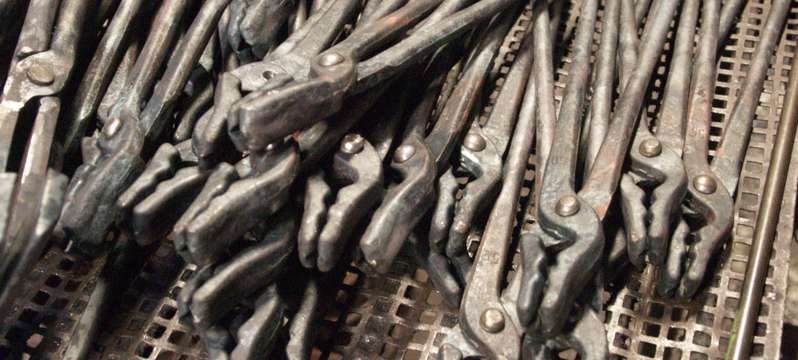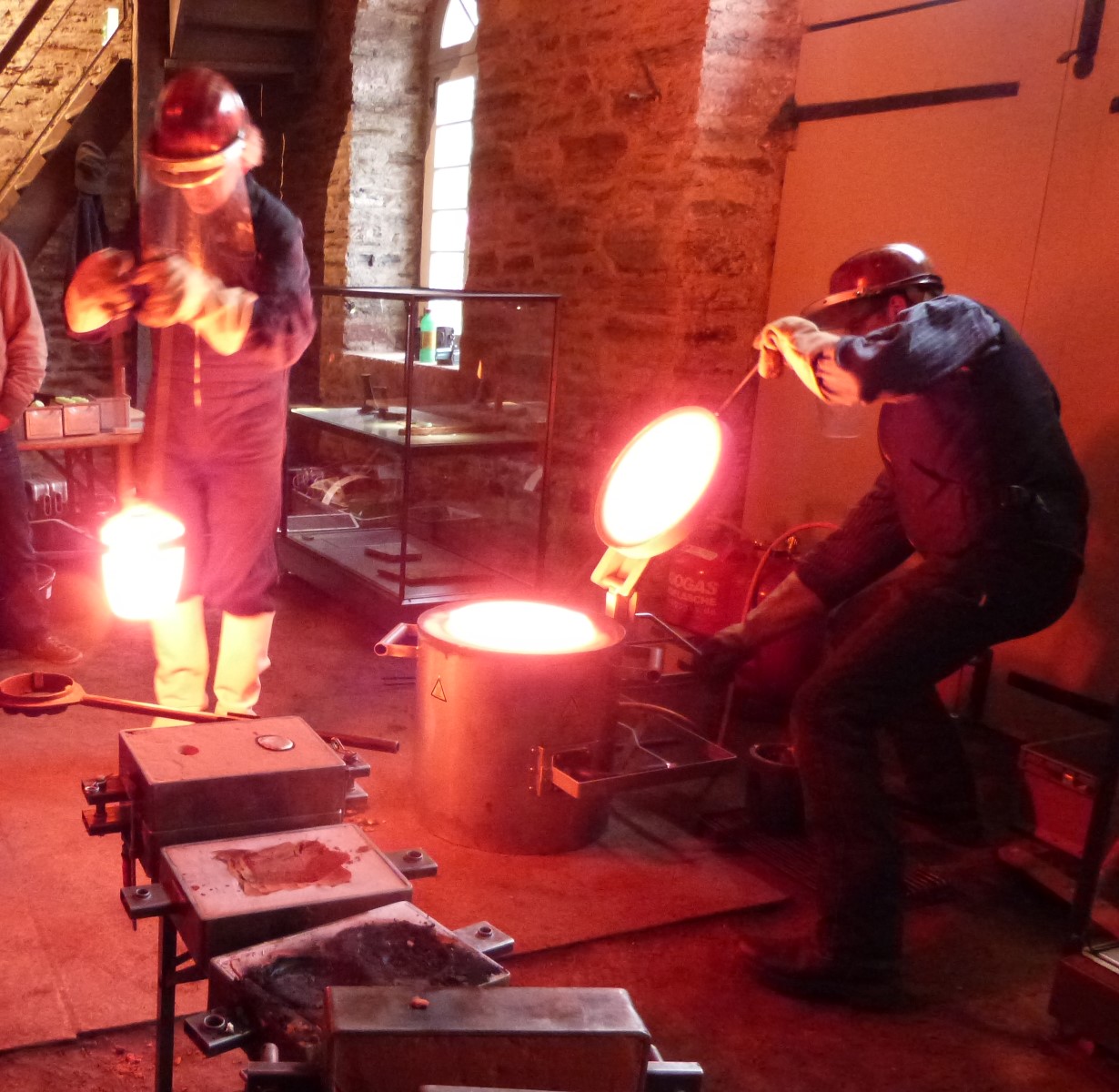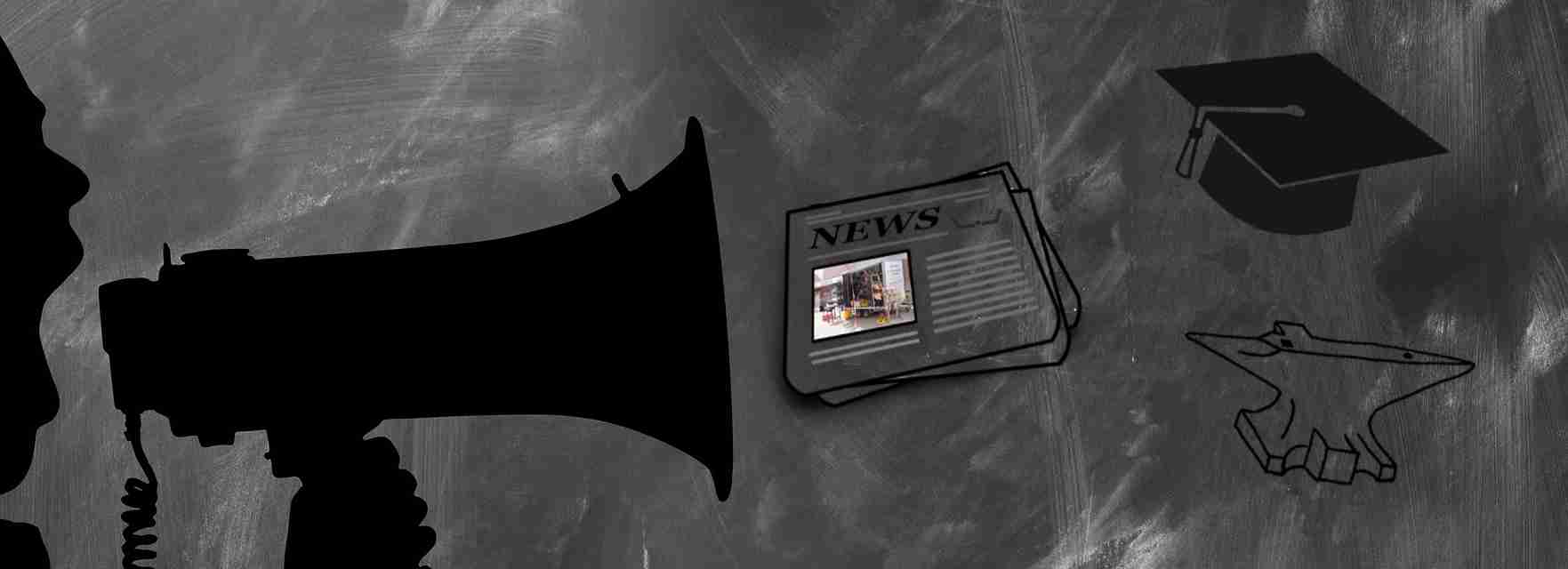WERKZEUGSCHMIEDE KRENZER
In June 1911, Friedrich Wilhelm Krenzer acquired the old, no longer functional hammer mill on the upper Pennöde. Shovels, shovels, and plowshares were probably forged on its broad hammer in the 19th century.
Concrete plans were drawn up for a hammer mill based on the latest technology at the time. The equipment included presses and two drop hammers (450 kg ram weight and 200 kg/125 kg double drop hammer). The 32 hp engine was hydropowered by a horizontal shaft turbine. The hydropower generated was sufficient for operation until 1949.
To this day, the Krenzer family continues to manufacture excellent specialty tools using equipment and machinery, some of which are over 100 years old. With decades of experience in forging and further processing (such as hardening) of the tools, they are ideally suited for professional craftsmen who value quality and traditionally manufactured tools.
The Krenzer family puts a lot of work and energy into the Krenzer Hammer Association with the goal of preserving the listed company building and technical facilities, preserving the origins of the ironworking industry, and passing on knowledge to children, young people, and adults.
Text and information are taken from "Chronicle of the Krenzer Tool Factory from Then to Now," compiled by Ehrengard Krenzer, 1st edition 2014, Krenzer Hammer Association e.V.
The Krenzer Hammer
... is a historic tool factory in the Ennepe Valley. The last open-die forge still operating in the Ennepetal region still produces specialty tools—most of it on the same production lines that have been hammering through the Ennepe Valley for over 100 years...



















